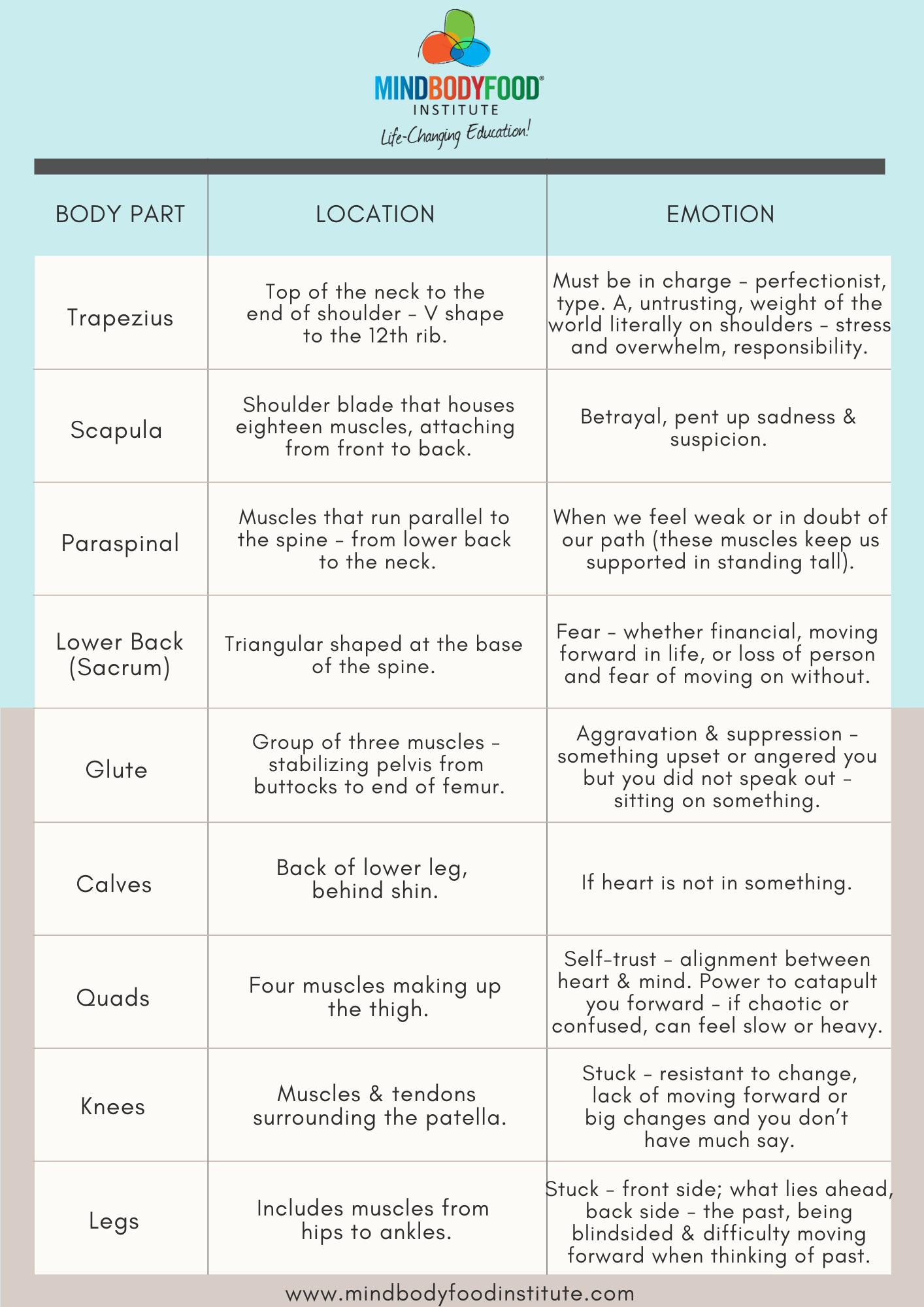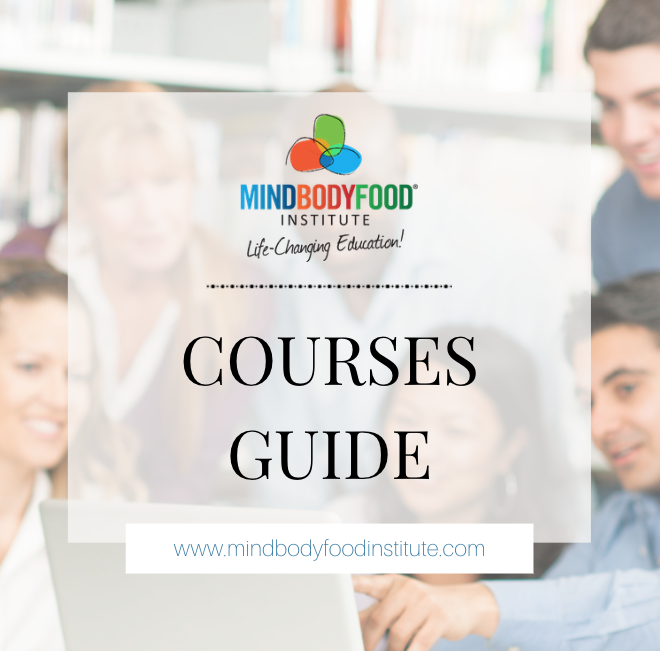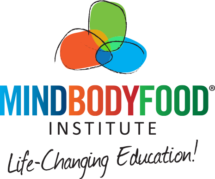At 24 years old, my life was forever changed. I was completely overtaken by a debilitating and mysterious illness that no one could make sense of. Crippled from chronic pain, I was becoming bedridden.
After hundreds of blood tests, frequent hospital stays, and dozens of specialists – I finally had a diagnosis. However, the long-awaited name came without a cure, a lifelong treatment plan, and no promise of full recovery.
I spent years in denial, still trying to cling to the parts of my old life, still looking for ways to feel like I had some control. It wasn’t until I truly surrendered (not a pretty process!) that I realised how much our body speaks to us when we sit in the stillness. I was physically broken, yet learning to feel and listen more.
Can emotions cause physical pain?
I have experienced different traumas throughout my life – as all of us do. I became curious about the correlation between my chronic pain and unhealed wounds. It is in our nature to avoid pain completely, or deal with some of the emotion and store the rest for later. Well… where does it ‘go’? It has to go somewhere.
After researching, I was amazed at the ways our body signals to us – the connection between location of pain and emotional storage. This was a chance for my body to heal itself, in a deeper way.
There is scientific evidence linking emotions to muscular storage.
Oftentimes we go through our day to day without stopping. We may notice aches and pains and brush them off with a simple excuse. But the reality is (and more often than not), this chronic pain, the alarm you keep snoozing, may be your body trying to tell you something.
The first culprit may of course be your daily lifestyle – sitting at your desk, improper exercise, lack of movement or injuries. But the second is almost always emotional. We understand the science between muscle/brain connection and the neurological/emotional connection – however, the muscle/fascia is a part of that whole too!
Think about it – when our emotion links up with the nervous system, our whole body feels it!
Our muscles have memory
As Dr. John Hammett, Director of Exercise & Physiology at Jacksonville State details, “When referring to trauma, that too becomes locked into the muscle’s memory. If you experience anything like it again, you will experience a body reaction to the stimulus. You know to flinch or tighten your body. It doesn’t take repetitive times to lock into muscle memory. The motor control and muscle memory comes from the cerebellum.” (Francis, 2017).
If these emotions are not released, they can cause pain, discomfort, stiffness and tension. Whether a recent event or stored over a long period of time – our bodies, our muscles, collect these emotions.
Of course – each body is different, there is no absolute. However, there are certain areas that accumulate specific emotions more.
Here are just a few examples:

So, what can we do?
First, revisit these moments and areas of tension with compassion – let yourself truly feel each emotion in order to release it. In doing so, it is important to act as the narrator, rather than getting stuck in the pain.
Take note, your body’s desire to fidget is a way of trying to hide and store that emotion safely elsewhere. Trust your body and its signals – start exploring and researching what it may be communicating.
There are a number of ways you can work through these – both with a professional and on your own.
There is a power and beauty beyond the pain, seeing what our bodies do for us on a daily basis.
Each of these muscle groups has a yoga pose, self-release or stretch to help open and release that area. For instance, cat-cow for paraspinal, or using a foam roller.
Seeking out a trained masseuse, acupuncturist, energy practitioner, bodywork or craniosacral therapist may also be helpful.
There are essential oils, stones and crystals for various parts of the muscular body as well.
Pranayama or breathwork can be extremely beneficial and I encourage you to incorporate it, no matter which method of release.
Another tool I personally used was journaling. With this new understanding of muscular anatomy and the relationship to emotions, I was able to feel through them with words – ending with affirmations.
There is a power and beauty beyond the pain – seeing what our bodies do for us on a daily basis. Sometimes chronic pain means listening to the wisdom within – your body revealing what needs to heal, both physically and emotionally. Our bodies can be storytellers, no matter if we suppress or ignore – it knows.
We each have the opportunity to heal ourselves, by releasing emotions and what no longer serves.
I leave you with this thought…
References:
- Francis, E. A. (2017). The body heals itself: How deeper awareness of your muscles and their emotional connection can help you heal. Llewellyn Publications.
Featured image by Joshua Earle on Unsplash.
Author:
Erin
Born and raised right outside Washington, D.C., Erin has written creatively since she was young. What has been her passion for many years, she hopes to expand into a career where her words help others heal. At 31 years old, she has experienced and survived the trauma of abuse, assault and living with a chronic illness. Writing has been her source of healing, and she hopes to inspire others to use their power & voice to do the same. Find her on Instagram.
DOWNLOAD OUR COURSES GUIDE
Learn More About Our Course Offerings and Discover Which New Wellbeing Career Best Suits Your Passion!








